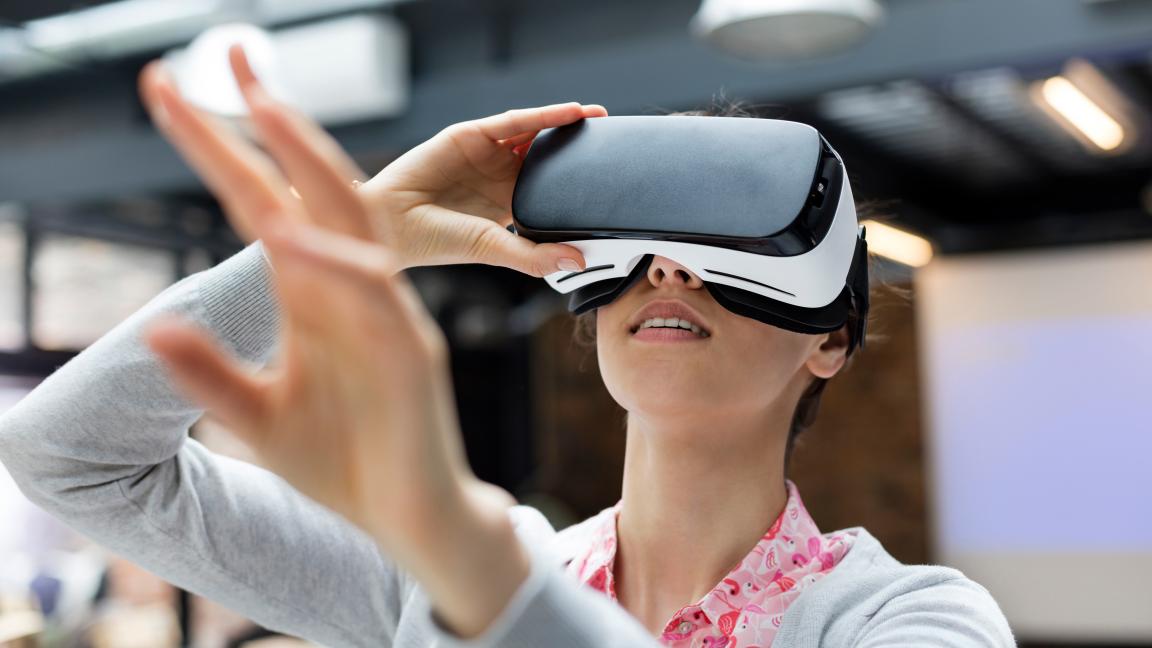In its simplest form, XR refers to viewing virtual elements using devices like smartphones or virtual reality glasses, for example. In a work context, the potential benefits of XR include providing situation-related and interactive work instructions. However, challenges, such as risks with privacy and security, arise because these devices continuously collect detailed data about users and their surroundings, including by-passers. This data collection is necessary for situating virtual elements in the right place at the right time and enabling users to interact with them. Nonetheless, it should be possible to design the use situation in such a way that potential risks are avoided.
– In my dissertation, I introduce the TIER model that I have developed. It can be used to design instructions mediated via XR, says Satu Rantakokko, who will defend her dissertation at the University of Vaasa on Tuesday 12 December.
The TIER model can be used for organised design and testing of XR-based technical instructions. It is aimed to find the best outcome by balancing the possibilities and challenges of the technology with the desired features of the instructions. The model encourages user-centered design at every stage of the design process.
The TIER model has been pilot tested in areas such as error handling and addressing user preconceptions. These tests indicate that the numerous possibilities brought by the use of XR requires a holistic model to identify and consider as much details as possible, and to avoid problems.
Public defence
The public examination of MA Satu Rantakokko’s doctoral dissertation “Affordance-based approach to identifying and analysing the possibilities and challenges of extended reality (XR) as a medium for technical instructions” will be held on Tuesday 12 December 2023 at noon at the University of Vaasa.
Professor Thomas Olsson (Tampere University) will act as an opponent and Professor Merja Koskela as a custos. The defence will be held in Finnish.
Doctoral dissertation
Rantakokko, Satu (2023) Affordance-based approach to identifying and analysing the possibilities and challenges of extended reality (XR) as a medium for technical instructions. Acta Wasaensia 527. Doctoral dissertation. Vaasan yliopisto / University of Vaasa.
(Main photo: ©AdobeStock)

